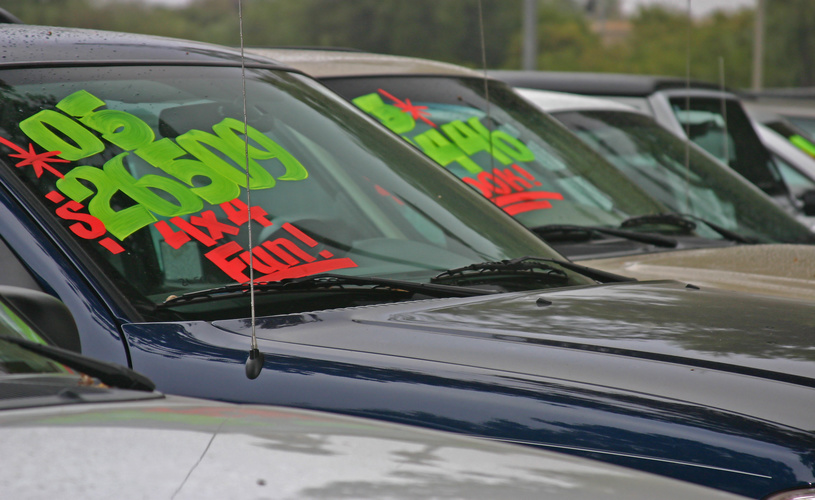at the University of Utah
Why Used Car Dealers Can Struggle Even When Prices Rise
The current scarcity of new cars due to the shortage of computer chips has led to a surge in demand for used cars. This should be good news for used car dealers, right?
Not necessarily. Something that happened in Japan more than a decade ago — that temporarily halted new car production by Honda, Toyota, and Nissan — has revealed a hidden dynamic at work.
“After a tsunami hit Japan in 2011, production of new Japanese cars was impacted significantly,” says Mark Jansen, assistant professor of finance in the David Eccles School of Business at the University of Utah. “We found that U.S. dealer profits for Japanese used cars decreased by $170 per car, or four percent in the post-tsunami period.”
“So, while wholesale and retail prices were rising, used-car dealer profits were falling.”
What’s going on here? Jansen and co-researchers Mark Garmaise of UCLA’s Anderson School of Management and Jason Snyder of the University of Utah identified two factors in this counter-intuitive result.
The first is something they call the “bypass mechanism.” Car dealers are middlemen. They are very important in the sale of new cars but less important in the sale of used cars because buyers have other options. You can buy a used car without going through a dealer and a whole lot of people do.
“Approximately 45 percent of used car transactions in the first quarter of 2021 took place between private parties,” said Snyder, associate professor of entrepreneurship and strategy at the Eccles School.
This reduces the price leverage that a used car dealer has because the dealer has competition from private party sales.
The second factor is the “financing mechanism.” The researchers found that while prices for used Japanese cars were higher after the tsunami, the collateral value of those same cars did not rise. That’s because lenders understood that as soon as new car production returned to normal levels, used car prices would revert to previous levels.
The impact was that potential buyers were limited in their capacity to pay high prices because they rely on financing to purchase their cars. Thus lenders were, in effect, protecting buyers from exploitation. “It limited the ability of buyers to obtain financing, and therefore, their capacity to pay high prices,” says Jansen.
The researchers examined 60,000 used-car buys at more than 1,100 dealerships in 38 states over a four-year period. The takeaway: “We show that when dealers are not indispensable, scarcity causes their market power to deteriorate and weakens their customers’ financial positions resulting in lower (profit) margins,” the researchers write.
Their paper is titled “Intermediary Profits in a Time of Scarcity” and is available on SSRN.





